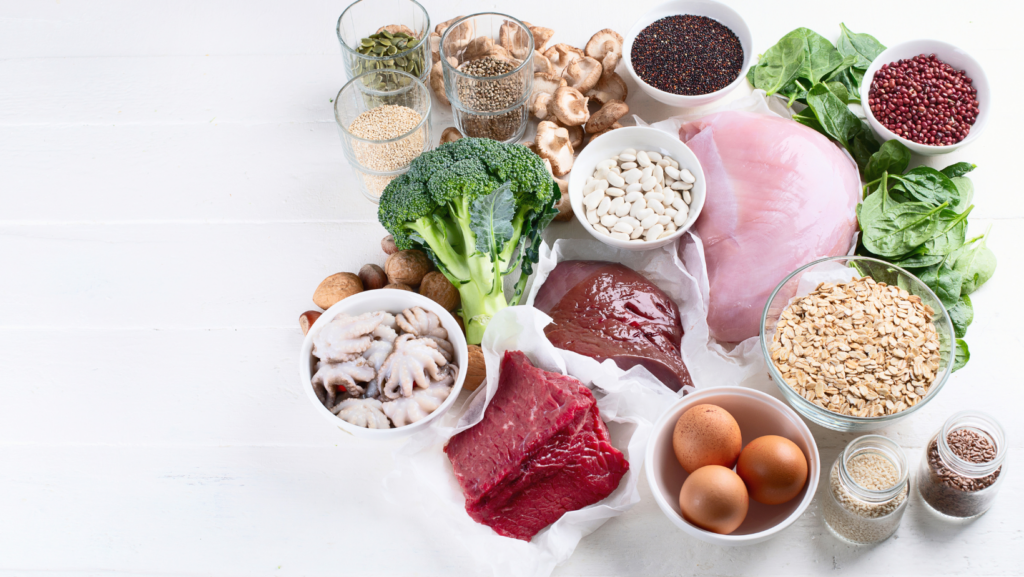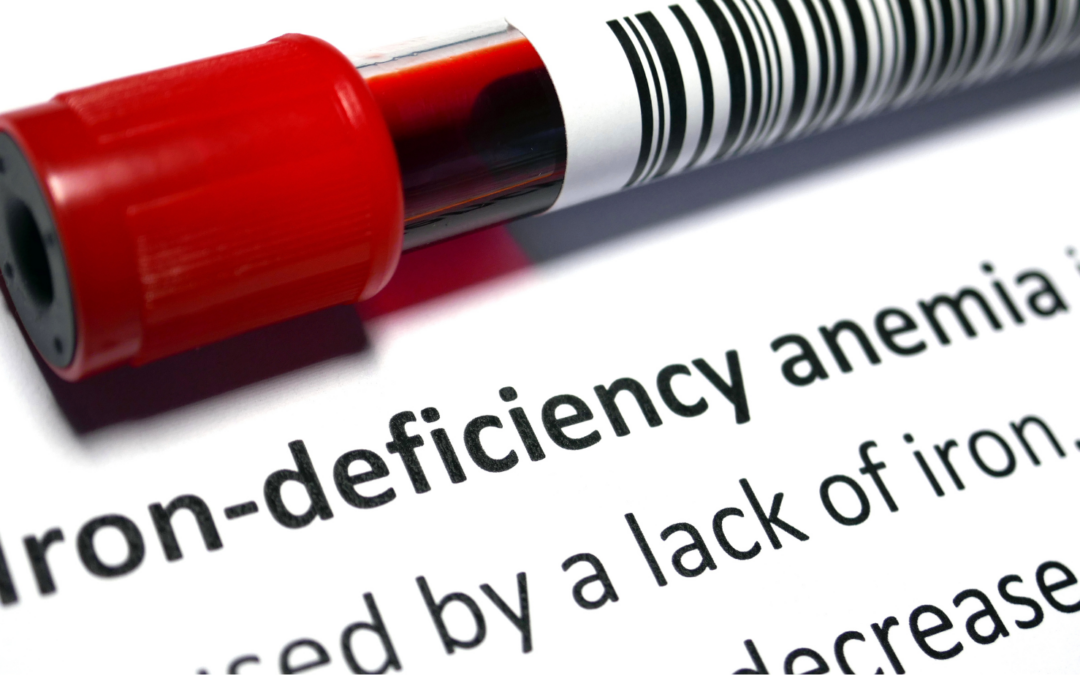Iron deficiency is a common nutritional concern that affects people of all ages, but it can be particularly prevalent among kids with feeding challenges. Iron plays a crucial role in the body. It aids in the production of hemoglobin, which is responsible for transporting oxygen to cells. When the body lacks sufficient amounts of iron, it can lead to iron deficiency anemia. This is a common problem affecting 47% of the pediatric population worldwide.
Children need an adequate supply of iron for brain development, immunity, energy, and growth. Iron deficiency in kids can lead to fatigue, weakness, irritability, decreased appetite, and developmental delays.
Causes of Iron Deficiency in Children
Parents should be aware of the following factors contributing to iron deficiency in children:
- Dietary Choices: A diet low in iron-rich foods, such as red meat, poultry, fish, and fortified cereals, can contribute to iron deficiency. Encourage a balanced diet, and find ways to include a variety of iron sources. Feeding therapy can help picky eaters expand the variety of foods they are comfortable with, and include more iron rich foods in their diet.
- Inadequate absorption: Children who consuming too much milk can have decreased iron absorption. The casein and calcium in milk and other dairy products can interfere with absorption of iron in the digestive trace. Conversely, consuming iron rich foods with vitamin C can enhance absorption of iron.
- Vegetarian or Vegan Diets: Children following vegetarian or vegan diets may be at a higher risk of iron deficiency, as plant-based iron (non-heme iron) is not as easily absorbed by the body. Include iron-rich plant foods like beans, lentils, tofu, and fortified grains.
- Growth Spurts: During growth spurts, children’s iron requirements increase. Regular check-ups with a pediatrician can help monitor iron levels and address any deficiencies early on
- Infants and babies: preterm, low birthweight, breastfed babies born to iron deficient moms or moms with poorly controlled gestational diabetes are at a higher risk for developing iron deficiency. Including iron fortified cereals or other iron rich foods should be introduced by 6 months of age. Talk with your pediatrician to see if iron supplementation is indicated.

Symptoms of Iron Deficiency
If you suspect that your child might be iron deficient, look out for these symptoms:
- Fatigue– low hemoglobin levels reduce the bodies ability to transport oxygen, resulting in lower energy levels, fatigue and weakness.
- Pale color– production of red blood cells can result in a pale color in the skin, face, and nail beds
- Poor growth– normal increase in blood volume and tissue growth occurring in healthy children is impacted when iron intake is insufficient
- Dizziness, headaches, and poor concentration– caused by low supply of oxygen to the brain
- Pica– consumption of non food items such as dirt, chalk, ice chips is often associated with nutrient deficiencies
- Getting sick frequently– low iron levels can weaken the immune system, leading to more frequent illness
- Loss of appetite- treatment of iron deficiency has been shown to enhance appetite through its effects on different hormones
How Can Your Child Get Enough Iron?
Children need roughly 10 mg of iron per day, which can be met through iron rich foods or foods fortified with iron. Foods that are naturally higher in iron content include
- Beef
- Fish
- Chicken
- Pork
- Beans
- Spinach
- Tofu
- Nuts

Consumption of vitamin C rich foods such as citrus fruit, tomatoes, and orange juice, can improve the body’s ability to absorb iron from food. Limiting milk consumption can also be helpful to improve absorption of iron.
Other Ways To Get More Iron In Your Diet
For some children, consuming enough iron to meet their needs can be challenging. In this case, supplementation may be necessary. Talk with your pediatrician before starting supplements, because too much iron can also have negative effects. Certain cooking tools, such as the Lucky Iron Fish, are designed to release iron into your food to increase the iron content. This is helpful for children who with feeding challenges or who only eat a limited variety of foods. Visit luckyironlife.com for more about the Lucky Iron Fish.
Conclusion
Iron deficiency in children can have significant implications on growth and development. However, with regular health check-ups, and adequate intake, iron deficiency can be avoided. Awareness of signs and symptoms can help parents address iron deficiency early on.

